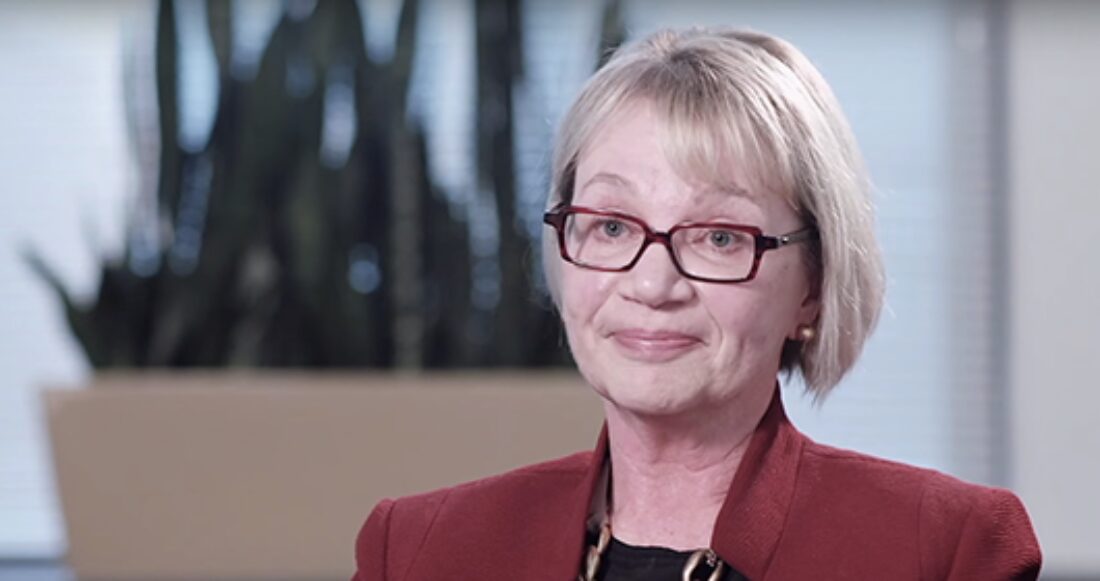Five Questions with Casey: Suzanne Barnard on Evidence2Success

As director of the Casey Foundation’s Evidence-Based Practice Group, Suzanne Barnard oversees Evidence2Success, an initiative that champions the power of data and proven programs to improve the lives of children and youth. Previously, Barnard served in leadership roles for the Foundation’s Child Welfare Strategy Group and Family to Family reforms as well as for the American Humane Association and the American Public Human Services Association.
Q1. What is Evidence2Success?
Evidence2Success works with a diverse array of partners in cities and states to help communities make smart, cost-effective investments to improve the well-being of children and youth. We start with research. We conduct a school-based survey of middle and high-school students to determine their strengths, risks and challenges. Next, we help communities form a board of residents, civic leaders and elected officials. This group outlines which issues to address and which evidence-based solutions to use. We also help these communities map out their current funding flow and visualize how they could redeploy these funds to evidence-based programs.
Q2. What has the Foundation learned from its work in Providence, Rhode Island, the first Evidence2Success site?
In 2012, we launched Evidence2Success in Providence. Initial investments have yielded promising results. For example, chronic absenteeism has decreased by 5 percent in schools that have consistently implemented evidence-based programs. This is all the more impressive when you consider that chronic absenteeism has increased across the school district as a whole. At the same time, our experiences in Providence are shaping the larger initiative and helping fast-track progress and maximize results at other sites.
Q3. You recently expanded this initiative to two more sites. How did you select new sites?
We recently added Alabama as an Evidence2Success partner – focusing initially on Selma – as well as Kearns Township in Salt Lake County, Utah. We selected these sites by soliciting for proposals and searching for the best fit in terms of readiness and goals. All of these areas were able to highlight a clear track record of using data-driven decision making and strong working public-community partnerships.
In Alabama, the state’s proposal positioned Selma as a test site, where the Alabama Department of Youth Services is contributing funding along with the Foundation to get the work started. Our hope is that the success in Selma will help to create similar partnerships in other communities across the state.
Kearns Township has experienced demographic shifts, increased poverty and worsening student achievement in recent years. Several years of survey results have left little doubt that the kids in this Utah community are facing a variety of risks.
Q4. How does Evidence2Success fit into the Foundation’s grant making?
Evidence2Success is helping communities identify the ways in which children are at risk. At the same time, we are identifying protective factors that can help mitigate these risks, and we are boosting the supply of tried-and-true strategies that communities can use to improve the lives of children and youth. This work advances Casey’s core values. It also increases the demand for evidence-based programs, while our evidence-based practice grants seek to increase the supply of those programs that are able to demonstrate their results through rigorous research.
Q5. What’s the long-term vision for Evidence2Success sites? How will things look different in 5 or 10 years?
There are several ways we can scale our future efforts: We can expand our reach within states, we can add new sites and we can make our tools available to a broader audience. In the future, we would like to have more Evidence2Success sites up and running – and achieving “move the needle” results we can document by regular administration of the youth survey. We are also in the process of building a virtual learning network that will empower sites to launch their own efforts and learn from one another.






